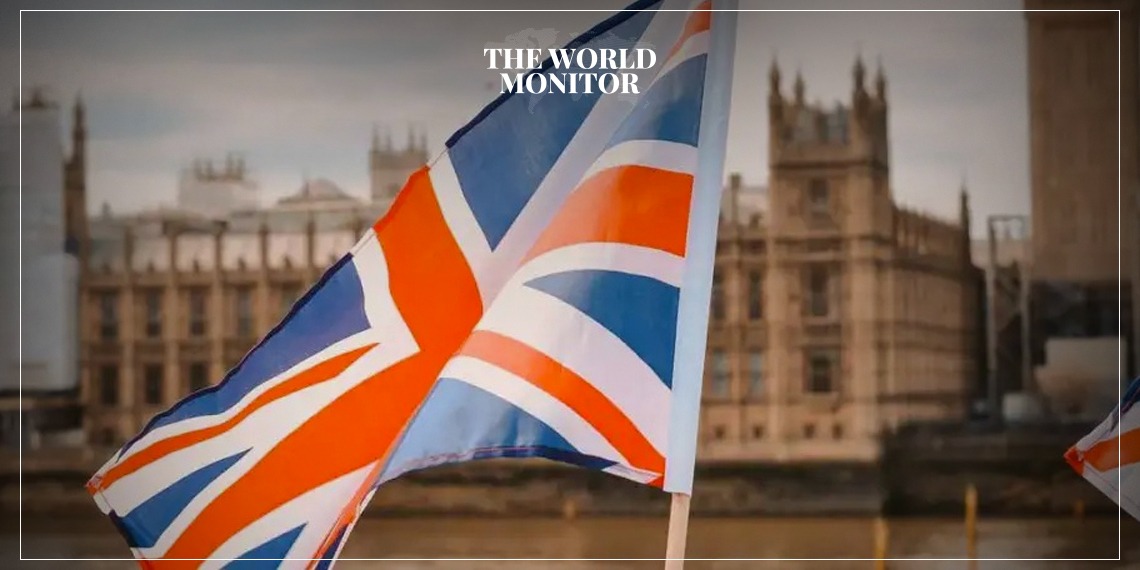Nearly 5,000 retail chains closed their doors across the United Kingdom last year, averaging 14 store closures daily, with pharmacies suffering the most as 787 outlets vanished.
The reduction in the number of banks and bars in city centers further exemplifies the struggle businesses face amidst inflation and soaring rental costs.
A report by The Guardian reveals that bars were the second most affected sector, with a net closure of 722 establishments.
Data from Local Data Company (LDC) for PricewaterhouseCoopers (PwC) consultancy shows a one-third increase in net closures from 3,627, although significantly lower than the post-pandemic peak of over 10,000 in 2021.
Retail parks saw a net increase in outlets, while high street stores performed the worst last year, with a 3.3% net decline in commercial locations.
The banking sector also saw a significant reduction, closing a net of 583 branches.
The closure of the Wilko discount chain, which shut all 400 stores after going into administration last August, marked a significant change in town and city centers.
While 9,138 new retail chains opened, marking the highest level before the pandemic, led by fast-food restaurants, cafes, discount supermarkets, and petrol stations, closures outpaced openings, reaching 14,081.
Lisa Hooker, Consumer Markets Lead at PricewaterhouseCoopers, stated that the combined late impact of the pandemic with inflation across the cost base accelerated the exit of chain stores from the market in 2023 to 14 stores a day, with some disappointing outcomes for independent sectors.
She noted that these changes reflect new habits and the long-term growth in online spending, which mirrors the annual net closures in physical locations.






